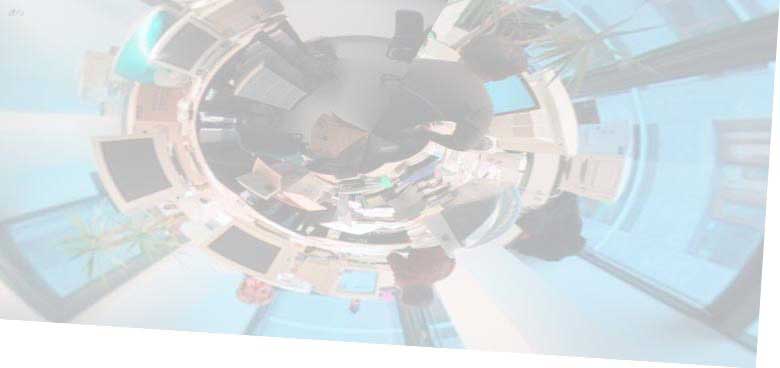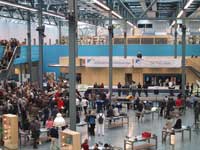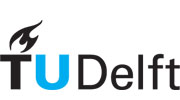
Stance
Evolutionary
Through evolution the human brain, senses and motor skills are interlinked with those aspects of its environment that are vital and meaningful to the species. This evolution is the basis of the functionality of the human hand.
Ontological
The functional history of the individual "fills in" on the evolutionary history of the species. By its particular genetics, social environment and endeavour the individual explores and develops itself and its manual dexterity, sometimes by putting weight on dexterity by playing musical instruments, by practical involvement in carpentry or on reading and turning the pages of a book.
Biological
Biological, that is to say anatomical and physiological properties can be described in Physical and Mechanical terms but we will not take an "atomizing" (Cartesian) approach and split-up research problems into local hypotheses but will observe, analyze and discuss the hands skin and motion functionality as a whole. Next to that the ancient finding of orthogonality and the younger Cartesian description of three-dimensionality do seldom apply to Biology: finding perpendicularity in living nature is like winning the first prize in a lottery. We show, by relating the "strange" asymmetrical geometry articulate surfaces of the joints to the main motion functionalities of the human hand, how our mechanical concept of motion axes can be fitted to Biology and closely simulates natural hand motion.
Constraint focused
Constraints form the natural boundaries to the solution of any problem.
One problem is that the taxonomies one finds in literature on hand motion are open: they have no boundaries, which may be self-evident to the anatomical research community, but in the same time are less helpful for the integration needed for hand modeling. So we dedicated ourselves to the integration of anatomical findings to find a closed system of boundaries that can describe natural human hand motion within the goal we set.
The second problem is that the complex natural cooperation of the physiological elements in a human hand is constrained by the principle of conserving energy, it is operationalized in the organism by minimizing the amount of action parameters enabling fast and subtle sensor/motor control. So for solving this second problem Nature and modeler 'stand side by side' so to say: to minimize action parameters.
In our Natural Hand Model we simulate crucial anatomical and expressive aspects of motor control and by that minimize action parameters.
Objectives
Our objectives are to devise a simple skin geometry and mechanical description of dexterous biomechanics with a maximum of naturalness at a minimum of action parameters.
Dexterity is the ability for fast and subtle manipulation next to having a large range. We choose to model the skin by carefully approximating it with minimal polygonation to emphasize the expressiveness of the hands motions.
We, conservatively, estimate the number of different motions in a human hand at a hundred and fifty. In the model we where able to simulate almost all of these motions while reducing the amount of action parameters to between eight and twenty (see 'Animations and illustrations').
The results can be applied in natural robotics and prosthetics, subtle animation and, and as we hope for, clinical applications.
Methods
Our methods comprise the study of literature on hand models (in which authors often underestimate the number of different motions or, when they are aware, simplify biomechanics with the result of unnatural motion), the detailed study of literature on Anatomy , the collecting of anatomical data through observation, measuring with ruler, compass etc.(e.g. in X-rays made of the thumb) and collecting data by having four male and four female subjects each register the extension-flexion motion pattern of the segments on four of their finger joints. (We refer here to the finding that all in anatomy studies described single axes, according to our research consist of and can be closely simulated by two mechanical axes)
Simulations
Skin Geometry
We built a computer model in which the geometry of the skin is carefully sculpted and simulates how the skin follows underlying anatomical structures. A rigid triangulation simulates skin with firm underlying tissue and a deformable triangulation simulates skin with soft underlying tissue, small rigid parts in deformable "fields" simulate the "soft" skins bulging and indenting. A total of twelvehundred faces enables fast rendering or real time animation. Long finger, Thumb and Palm are defined by just eighteen rigid segments, the fifteen rigid segments of the phalanges and nails of Index, Ring and Little finger are, by width and length, scaled from those of the Long finger to simplify the geometry data structure (a crude simulation of the comparable pattern repetition in Biology).
Motion
Segment linkage is in the anatomy realized: a. by the -low friction- connection of the joints male and female cartilage surfaces on the bones ends, b. by the ligamental tissue that connects the bones over the joints and c. by the basal antagonist muscle tension on the tendons. This segment linkage is simulated with a new joint description we called the Natural Joint Axis (NJA). The NJA can separately simulate the three natural types of segment motions: Ovoidal (longitudinal in extension-flexion), Conical (transversal rotation and co-rotation in extension-flexion) and Circular (transversal rotation in adduction-abduction) by its composition of three overlapping Local Coordinate Systems. One NJA in each IP joint and two in each MCP and CMC joint can simulate segment motions on these three different types of joints in the human hand.
Action Parameters
The NJA minimizes the number of action parameters for the antagonist tendons that from extension cause flexing into a Cage andinto a Fist. In the anatomy there are several other more or less involuntary couplings of adjacent and antagonist tendons and muscle(group)s over adjacent and successive joints e.g. those around the metacarpals and especially those around the joints of the thumb. These couplings are simulated by variable rotation couplings between NJA in the carpal- meta carpal joints and in the meta carpal-phalangeal joints. Variation is functionally bounded: by the Taxonomy (general evolutionary argumentative principles), by the NJA (general anatomical principles with added experimental evidence for ovoid segment motion), by individual dexterity (variable personal constraints under general conditions) and by the dimensions of the individual hand (variable within general conditions). Now the last two variables are "subjective" in respect to the recent methods of physics but biologically a statistical mean hand does not exist (see also A. Quetelet, 1835, on statistical error). So we chose an individual hand to demonstrate the principles of Natural Human Hand motion: in all illustrations and animations we used the modeled hand of the first author. A reviewed paper on the subject was accepted by "The Visual Computer" and put online on 03 October 2007 http://www.springerlink.com/content/t244g4t682n27pmx/
contact
O.A. van Nieropvia:
A. van der Helm
Links to related projects:
designID-Studiolab
our research
Links to related topics:
Quesa 3D APIdesign
ID-Studiolab
our research
People who inspired us:
Charles DarwinAnne Hollister
Nadia Magnenat-Thalmann
Sverker Runeson
Gerda Smets






